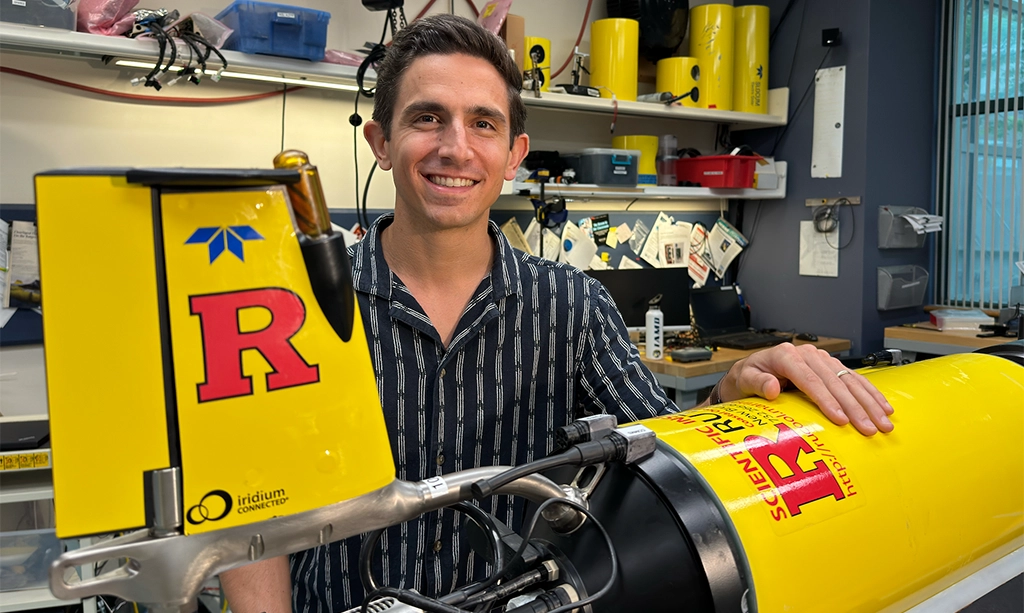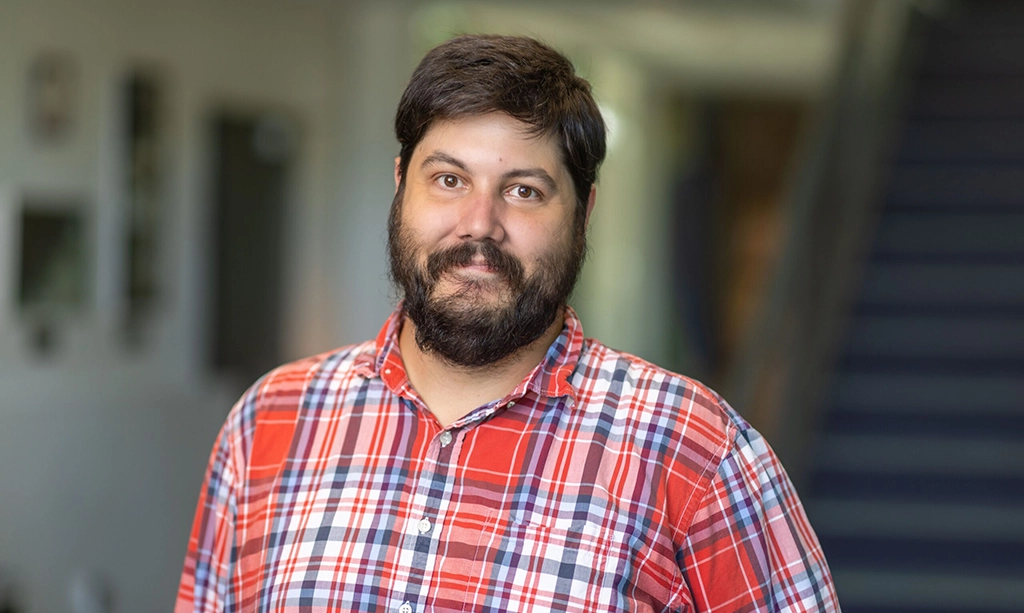In a World First, Autonomous Robot Glider to Circle the Globe in Historic Ocean Mission
n underwater vehicle named Redwing will be launched in a Teledyne Marine-Rutgers project to collect data for ocean science and weather forecasting Guided by the rhythms of the sea and the…







